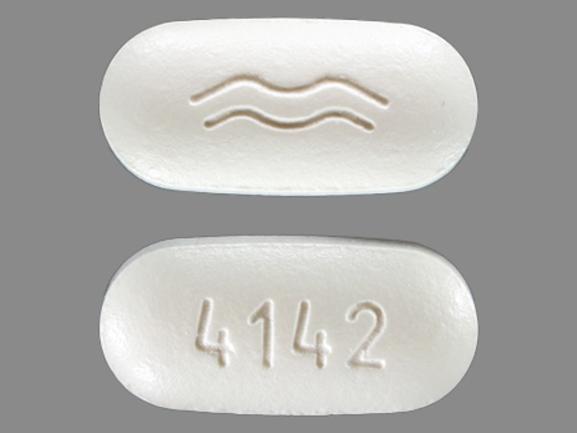Multaq and Alcohol/Food Interactions
There is 1 alcohol/food/lifestyle interaction with Multaq (dronedarone).
Dronedarone Food/Lifestyle
Major Food Interaction
GENERALLY AVOID: Grapefruit juice may increase the plasma concentrations of dronedarone. The proposed mechanism is inhibition of CYP450 3A4-mediated first-pass metabolism in the gut wall by certain compounds present in grapefruits. According to the product labeling, administration with grapefruit juice resulted in a 2.5-fold increase in dronedarone peak plasma concentration and a 3-fold increase in systemic exposure. Because dronedarone is associated with concentration-dependent prolongation of the QT interval, increased levels may potentiate the risk of ventricular arrhythmias such as torsade de pointes and sudden death.
ADJUST DOSING INTERVAL: Food increases the oral bioavailability of dronedarone. The mechanism of interaction is unknown. According to the product labeling, the absolute bioavailability of dronedarone increases from about 4% when administered in the fasted state to approximately 15% when administered with a high-fat meal.
MANAGEMENT: Patients treated with dronedarone should avoid consumption of grapefruit, grapefruit juice, and any supplement containing grapefruit extract. Dronedarone should be taken twice daily with the morning and evening meals.
References (1)
- (2009) "Product Information. Multaq (dronedarone)." sanofi-aventis
Switch to consumer interaction data
Multaq drug interactions
There are 707 drug interactions with Multaq (dronedarone).
Multaq disease interactions
There are 2 disease interactions with Multaq (dronedarone) which include:
More about Multaq (dronedarone)
- Multaq consumer information
- Check interactions
- Compare alternatives
- Pricing & coupons
- Reviews (43)
- Drug images
- Side effects
- Dosage information
- During pregnancy
- Generic availability
- FDA approval history
- Drug class: group III antiarrhythmics
- En español
Related treatment guides
Drug Interaction Classification
| Highly clinically significant. Avoid combinations; the risk of the interaction outweighs the benefit. | |
| Moderately clinically significant. Usually avoid combinations; use it only under special circumstances. | |
| Minimally clinically significant. Minimize risk; assess risk and consider an alternative drug, take steps to circumvent the interaction risk and/or institute a monitoring plan. | |
| No interaction information available. |
See also:
Xarelto
Xarelto (rivaroxaban) is a factor Xa inhibitor used to reduce the risk of blood clots and stroke in ...
Cardizem
Cardizem is used to treat hypertension (high blood pressure), angina (chest pain), and heart rhythm ...
Ozempic
Learn about Ozempic (semaglutide) for type 2 diabetes treatment, weight management, cardiovascular ...
Lanoxin
Lanoxin (digoxin) is used to treat congestive heart failure and atrial fibrillation. Includes ...
Edoxaban
Edoxaban is used for atrial fibrillation, deep vein thrombosis, prevention of thromboembolism in ...
Propafenone
Propafenone is used for atrial fibrillation, atrial flutter, ventricular tachycardia ...
Sotalol
Sotalol is a beta-blocker with antiarrhythmic properties that affects the heart and circulation ...
Flecainide
Flecainide is used for atrial fibrillation, atrial flutter, paroxysmal supraventricular ...
Rivaroxaban
Rivaroxaban is used for atrial fibrillation, cardiovascular risk reduction, congenital heart ...
Further information
Always consult your healthcare provider to ensure the information displayed on this page applies to your personal circumstances.


